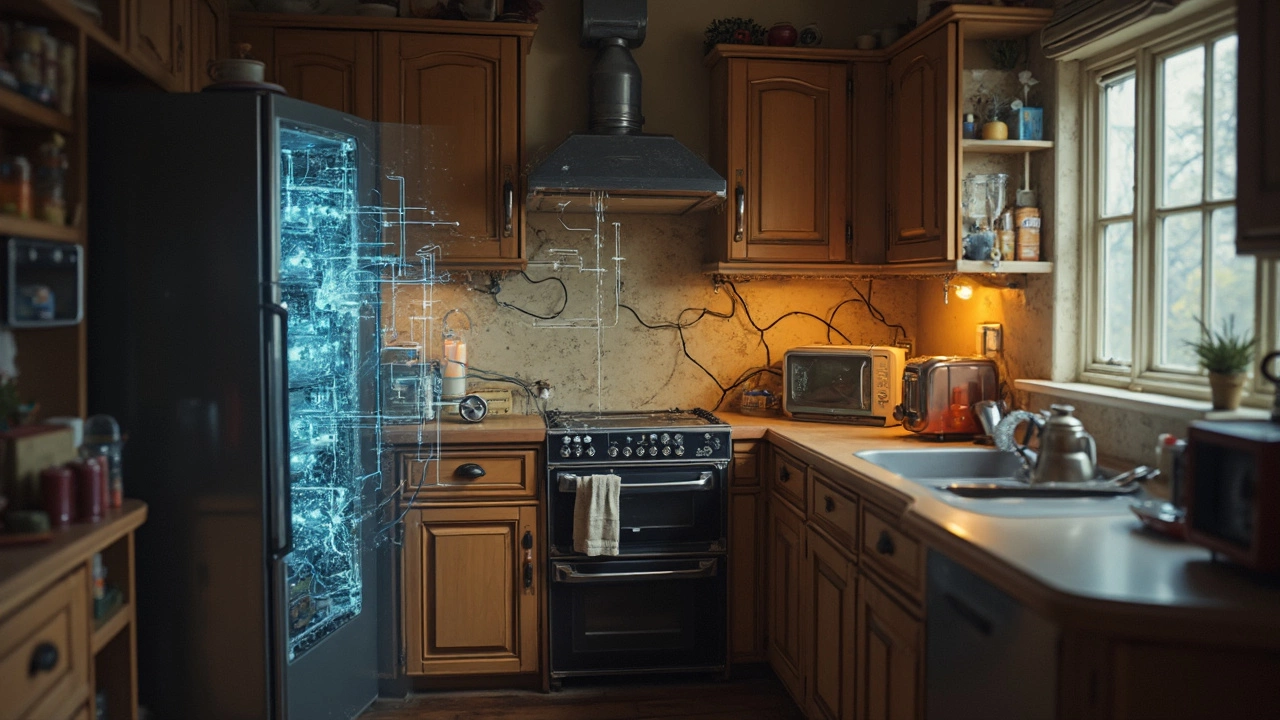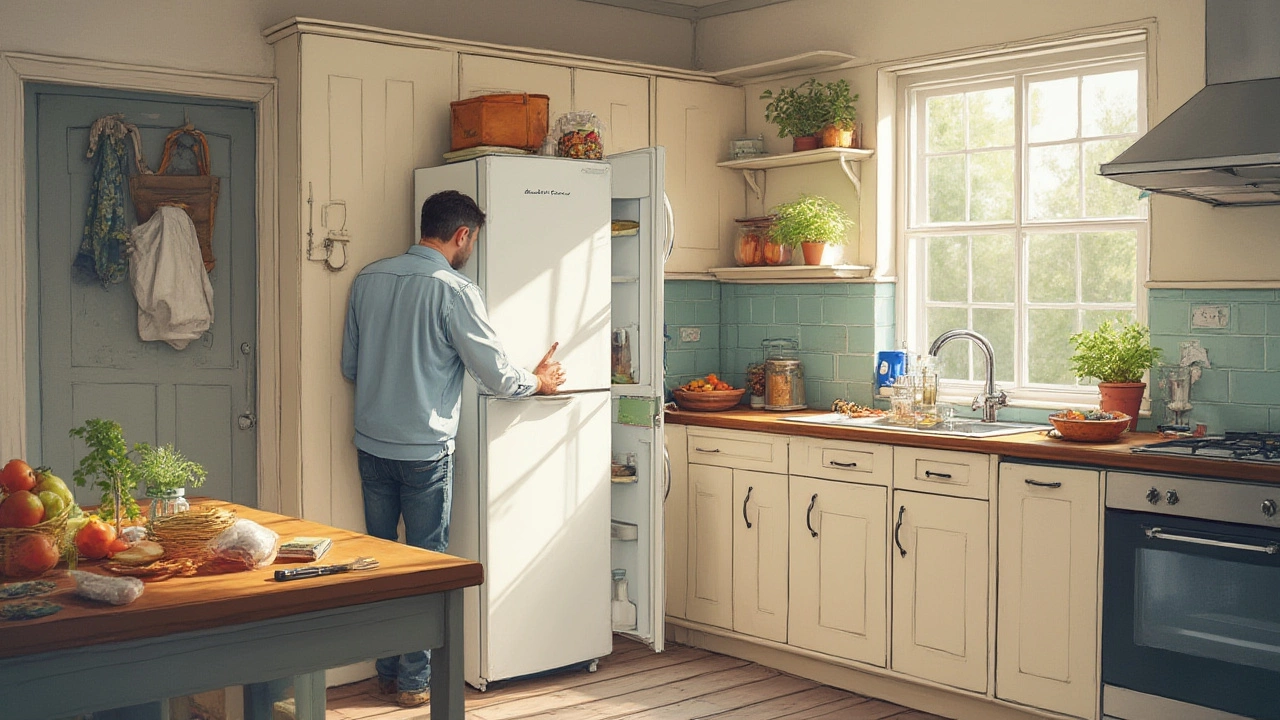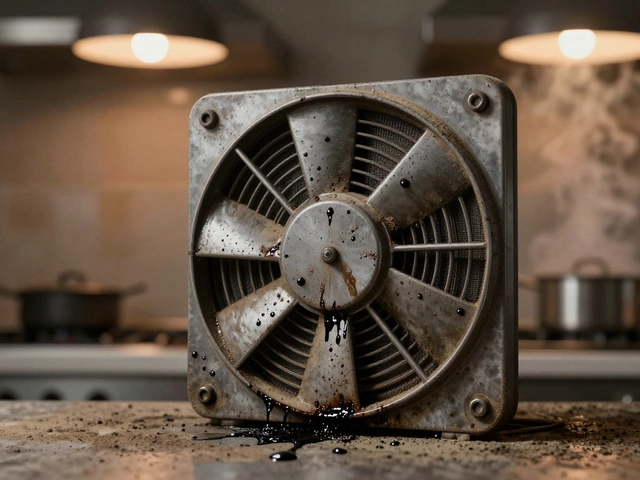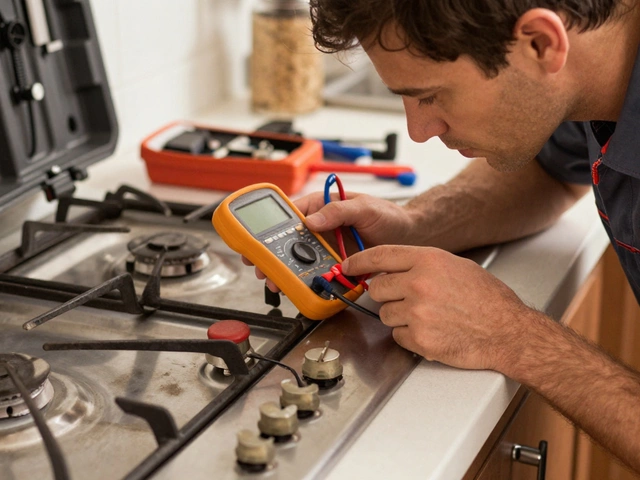So, what is an appliance, really? If you’ve ever argued with a roommate about whether the blender counts or wondered if your landlord has to fix the broken garbage disposal, you’re definitely not alone. Appliances are more than just stoves and fridges—it's a term with some surprising twists, especially when it comes to service and repair.
Maybe you didn’t know this, but not everything you plug in or attach to your kitchen is officially an appliance. When it comes to appliance service, the industry usually draws the line at household machines that do a specific job for you—like cooking, cleaning, or storing food. Yes, your microwave is in. Your Netflix-enabled smart speaker? Sorry, that one’s not making the list.
This stuff isn’t just technical jargon. Knowing exactly what counts and what doesn’t can save you big headaches if you ever need a repair, replacement, or warranty help. There are even real stories about claims getting denied just because someone described their coffee machine as a 'kitchen gadget' instead of an 'appliance.' Ready to figure out which devices in your home actually count?
- Defining an Appliance: More Than Just a Toaster
- Major vs. Small Appliances: What's the Difference?
- Why Appliance Definitions Matter for Service and Warranties
- Quick Tips for Identifying Appliances in Your Home
Defining an Appliance: More Than Just a Toaster
When people say the word “appliance,” most of us think fridge, oven, maybe the washing machine in the basement. But the official definition used in the appliance service industry is a bit broader (and sometimes, a little weird). At its core, an appliance is any device or machine—most often powered by electricity or gas—that helps with household tasks like heating, cooling, cooking, food storage, or cleaning. So yes, your dishwasher makes the cut, as does the microwave, but a hairdryer? Not usually, unless you run a beauty salon out of your kitchen.
Here’s a quick breakdown of what typically qualifies as an appliance in the home:
- Kitchen appliances: Refrigerators, stoves, ovens, dishwashers, microwaves, freezers.
- Laundry appliances: Washing machines and dryers.
- Climate control appliances: Air conditioners, heaters, dehumidifiers (but not always space heaters).
- Other household devices: Garbage disposals, built-in vent hoods, sometimes water heaters.
Not everything with a plug is included, though. Here’s a good rule of thumb: If it’s permanently installed or big enough that you wouldn’t want to carry it across an apartment building, it’s probably considered an appliance by a appliance service tech. Blenders, toasters, and coffee makers usually don’t make the list—they’re "small appliances" or "kitchen gadgets." That difference matters for repairs and warranties, because major appliances get better coverage and service options.
If you’re curious, here’s a snapshot of what homeowners most often call for repairs on, just to get a sense of what counts:
| Appliance Type | Percentage of Service Calls |
|---|---|
| Refrigerator | 29% |
| Washing Machine | 21% |
| Dishwasher | 16% |
| Oven/Stove | 15% |
| Dryer | 13% |
| Microwave | 6% |
If you’re still unsure, look at your warranty or rental lease paperwork—anything described as a "major household appliance" is something you can expect a landlord or service tech to fix, not just any kitchen gizmo from the store. Knowing the difference helps you get faster service and avoid out-of-pocket costs.
Major vs. Small Appliances: What's the Difference?
The whole world of appliance service boils down to two big groups: major and small appliances. Knowing which one you’re dealing with isn’t just trivia—it affects everything from repair costs to who you call for service.
Major appliances (sometimes called "white goods") are the heavy hitters of the house. Think about machines that are built in or at least sit on the floor and do big jobs, like keeping your food cold or getting your laundry done. Here’s a list of what almost everyone counts as a major appliance:
- Refrigerators and freezers
- Ovens and ranges (both gas and electric)
- Dishwashers
- Washing machines and dryers
- Water heaters
- Built-in microwaves (the kind you can’t just unplug and move yourself)
These appliances are usually pretty expensive, fixed in place, and need pro help if something goes wrong. Repairs usually require special tools, parts, or even moving the appliance out of its spot. That’s a big reason they’re handled by dedicated appliance service companies.
Now, onto small appliances. These are the plug-and-play gadgets you use on countertops or can easily carry around. Here’s what falls into this group:
- Toasters
- Blenders and mixers
- Coffee makers
- Vacuum cleaners
- Stand-alone microwaves (lifts right off the counter)
- Air fryers and slow cookers
Most small appliances are cheaper, lighter, and honestly, most people don’t bother fixing them unless it’s something pricey like a high-end espresso machine. For brands, warranties usually just replace these items rather than repair them.
| Major Appliances | Small Appliances |
|---|---|
| Refrigerator | Toaster |
| Dishwasher | Blender |
| Washing Machine | Coffee Maker |
| Oven/Range | Vacuum Cleaner |
Here’s a pro tip—if it needs plumbing or stays hooked to your home’s electrical in one spot, it’s almost always a major appliance. If you can fit it in your car without a dolly, it’s probably a small appliance.
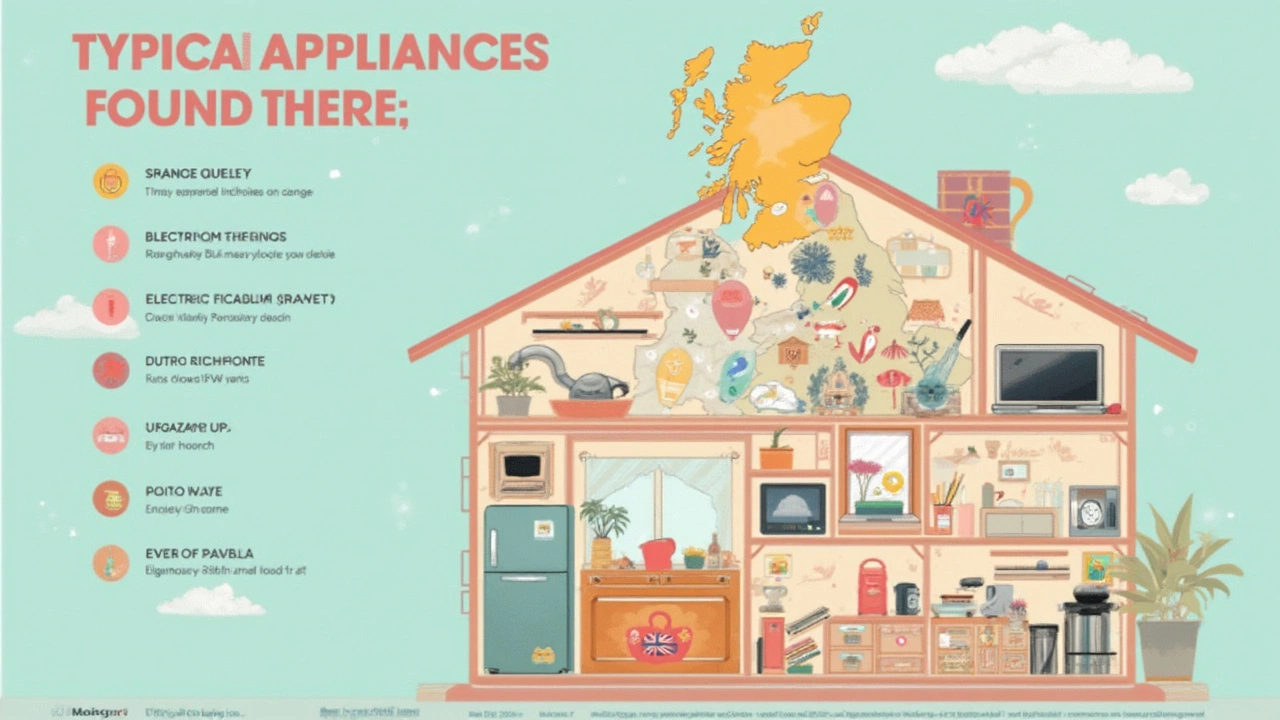
Why Appliance Definitions Matter for Service and Warranties
If you’ve ever tried to get a repair covered on your dishwasher but ended up arguing with customer support, you’ve seen firsthand why the definition of an appliance is a big deal. Service companies and warranty providers aren’t just picky—they actually use set definitions to decide what repairs they’ll handle and what’s outside their area.
Say you call for appliance service on your high-end espresso machine. Some companies may only include large household appliances (think: refrigerators, washers, ovens), leaving your coffee gear out of luck. You can save yourself a lot of hassle by checking what your warranty or service contract really covers. More often than not, companies have a list, or they use terms like “major appliance” and “small appliance” with strict rules behind them.
Let’s look at how a typical warranty provider might break it down:
| Included in Standard Warranty | Usually Not Included |
|---|---|
| Refrigerator, Dishwasher, Washing Machine, Dryer, Stove, Oven | Blender, Toaster, Coffee Maker, Electric Kettle |
This split matters when it’s time for a claim. If your service contract only covers large home appliances, you’re on the hook for out-of-pocket repairs for anything else. It’s not just about size—sometimes, how the device is installed makes a difference. Built-in microwaves usually count as appliances but countertop versions might not.
Some practical tips to avoid headaches:
- Always check your warranty doc or call the company if you’re not sure what’s covered.
- Keep purchase receipts and appliance model numbers handy. Service reps love these details.
- When in doubt, use official product names from the owner’s manual when describing your appliance. This can help with claims.
Long story short, understanding the fine print on what’s considered an appliance can save you time, money, and a massive headache if something breaks down. It’s definitely more than just a technicality.
Quick Tips for Identifying Appliances in Your Home
You’d be surprised how easy it is to mix up what actually counts as a home appliance. There’s a clear difference between stuff you plug in for fun and the machines you rely on for basic living tasks. Here are a few quick ways to spot the real appliances in your place.
- Purpose matters: Does it help with a daily living task like cooking, cleaning, or food preservation? If so, it’s most likely a household appliance.
- Connection type: Most real appliances need a permanent place—think hardwired machines (like dishwashers), dedicated outlets (fridges), or major plumbing hookups (washing machines).
- Service and warranty labels: Check the manual or back of the device—if it says “appliance” or “appliance service” in the instructions or has a model/serial number plate, you’re in the right category.
- Size and installation: Big machines that don’t get moved often—like ovens, dryers, or even a built-in microwave—usually qualify.
- Cost and repair: If fixing it means calling a professional or it comes with a warranty that talks about “appliance coverage,” then you’re definitely dealing with an appliance.
Here’s a quick reference to help you check what usually counts as a major appliance versus what's just a small device or tool:
| Example | Category | Appliance? |
|---|---|---|
| Refrigerator | Major appliance | Yes |
| Toaster | Small appliance | Yes (but usually not covered by appliance service plans) |
| Laptop | Electronics | No |
| Dishwasher | Major appliance | Yes |
| Hand mixer | Kitchen gadget | No |
If you’re ever stuck, just ask yourself: would a pro who does appliance repair work on this? If the answer is yes (like with your dryer or oven), then you’ve found a true appliance. When in doubt, look for appliance-specific model numbers or ask your warranty provider to be sure—it could save you a ton of hassle later.

